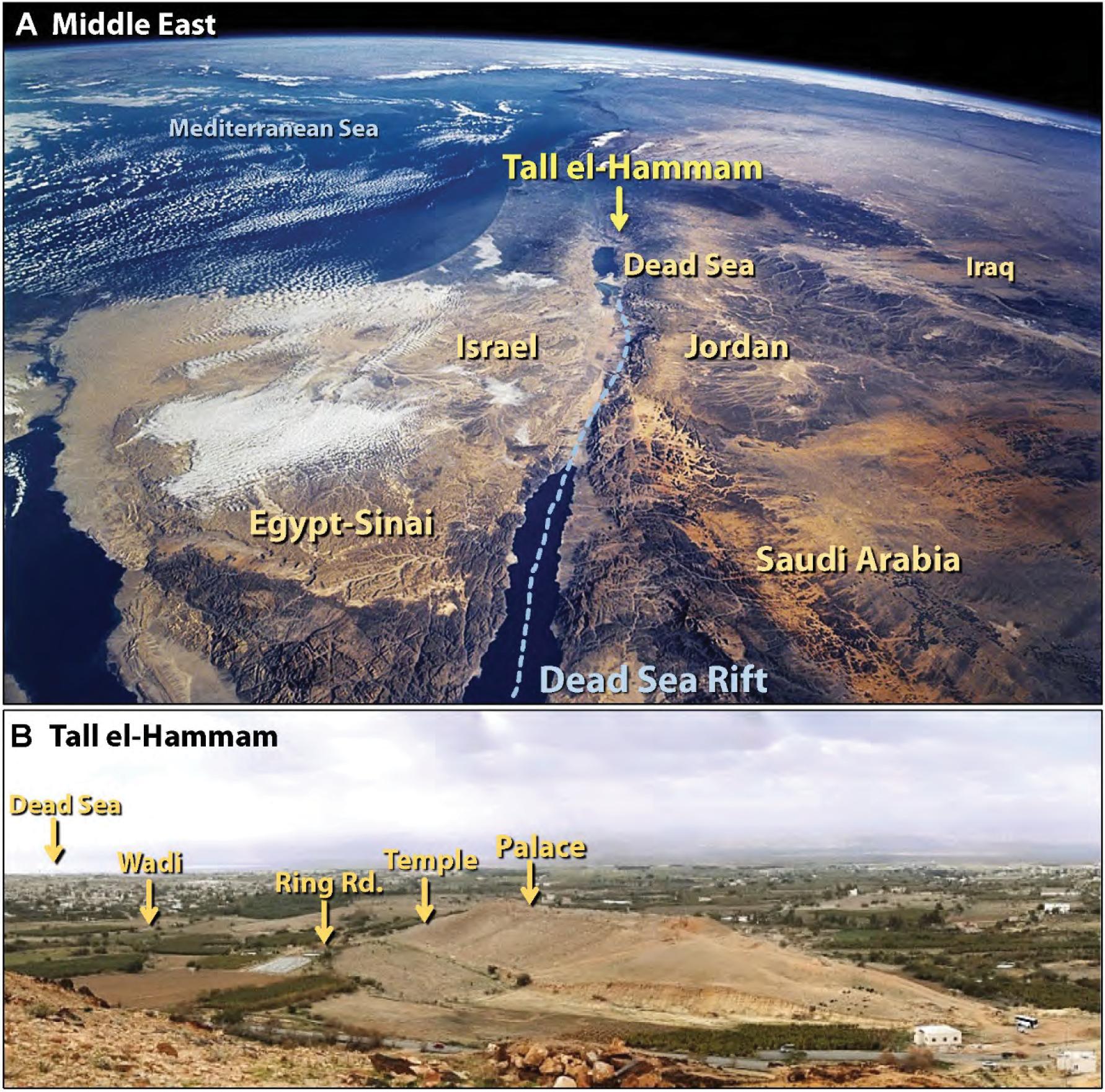2024-10-21 オークリッジ国立研究所(ORNL)
<関連情報>
- https://www.ornl.gov/news/plant-co2-uptake-rises-nearly-one-third-new-global-estimates
- https://www.nature.com/articles/s41586-024-08050-3
植物の硫化カルボニル取り込みから推測される地上の光合成 Terrestrial photosynthesis inferred from plant carbonyl sulfide uptake
Jiameng Lai,Linda M. J. Kooijmans,Wu Sun,Danica Lombardozzi,J. Elliott Campbell,Lianhong Gu,Yiqi Luo,Le Kuai & Ying Sun
Nature Published:16 October 2024
DOI:https://doi.org/10.1038/s41586-024-08050-3

Abstract
Terrestrial photosynthesis, or gross primary production (GPP), is the largest carbon flux in the biosphere, but its global magnitude and spatiotemporal dynamics remain uncertain1. The global annual mean GPP is historically thought to be around 120 PgC yr−1 (refs. 2,3,4,5,6), which is about 30–50 PgC yr−1 lower than GPP inferred from the oxygen-18 (18O) isotope7 and soil respiration8. This disparity is a source of uncertainty in predicting climate–carbon cycle feedbacks9,10. Here we infer GPP from carbonyl sulfide, an innovative tracer for CO2 diffusion from ambient air to leaf chloroplasts through stomata and mesophyll layers. We demonstrate that explicitly representing mesophyll diffusion is important for accurately quantifying the spatiotemporal dynamics of carbonyl sulfide uptake by plants. From the estimate of carbonyl sulfide uptake by plants, we infer a global contemporary GPP of 157 (±8.5) PgC yr−1, which is consistent with estimates from 18O (150–175 PgC yr−1) and soil respiration (149+29 −23PgC yr−1), but with an improved confidence level. Our global GPP is higher than satellite optical observation-driven estimates (120–140 PgC yr–1) that are used for Earth system model benchmarking. This difference predominantly occurs in the pan-tropical rainforests and is corroborated by ground measurements11, suggesting a more productive tropics than satellite-based GPP products indicated. As GPP is a primary determinant of terrestrial carbon sinks and may shape climate trajectories9,10, our findings lay a physiological foundation on which the understanding and prediction of carbon–climate feedbacks can be advanced.



